Simba Team Ziwani Update: 01 December 2008
Participants:
Nicodemus Kivindyo – team leader John Mungai Abdi Adan Boru Okicha Gerald Maghanga
Area of operation:
During the month of December, the Ziwani team covered the following areas: Kishushe ranch, Oza ranch, Taita Hills Wildlife Sanctuary and the Lualenyi ranch.
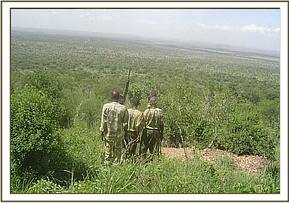
104 SNARES RECOVERED
FINDINGS During the months operations the team lifted a total of 104 snares 78 of which targeted large game and 26 targeting small game.
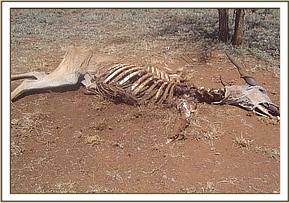

Observable evidence: There has been a slight decline in the number of snares collected this month in comparison to last month. This is due to the fact that the community members are busy tending to their farms and taking care of their crops. However in some of the areas patrolled, such as in the Taita Hills Wildlife Sanctuary, the snares that were lifted had been recently set.
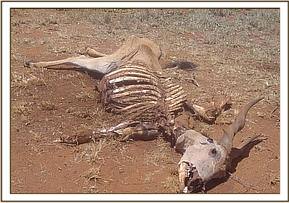
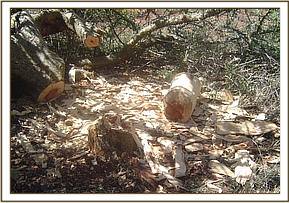
Kishushe Ranch This ranch is very important as it is home to many animals of all sizes and is a vital animal migratory corridor for animals moving from Tsavo East National Park to Tsavo West National park as well as to Tanzania through Lake Jipe, and back again. During the teams operations at this ranch we were able to lift a total of 28 snares all of which targeted large game.
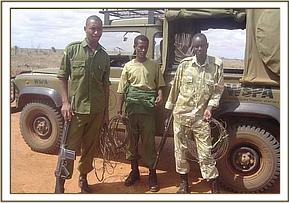
Oza Ranch This ranch borders Kishushe ranch and is rich in biological diversity in that there are many species of plants, animals and other vertebrae. It also serves as a migratory corridor for animals heading from Tsavo East to Tsavo West and on to Tanzania through Kishushe ranch.


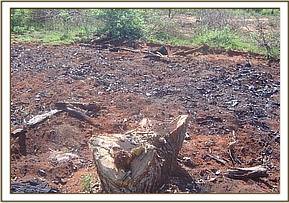


Taita Wildlife Sanctuary (saltlick) This sanctuary borders the Southern area of Tsavo West National park and is home to many animal species as it has abundant water sources as well as lush vegetation both of which draw the wildlife to the area. The animals browsing in the area cross through from the park to the sanctuary and vice versa. Most of the snares retrieved in the ranch had been recently set which shows that while some community members are busy tending to their farms others are persistently setting snares in an attempt to trap the animals in the area.
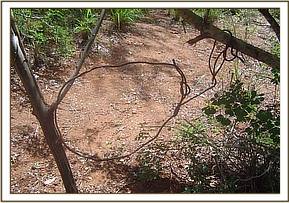

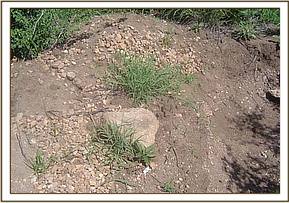


Community Outreach This month the team organized two environmental conservation programs which were conducted through video shows and lectures. The video shows were presented to two different communities.
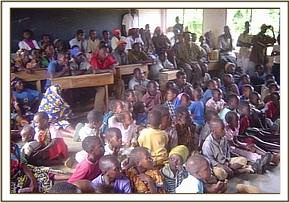
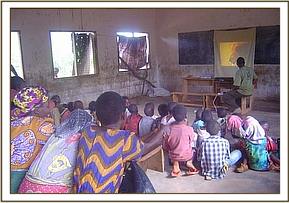

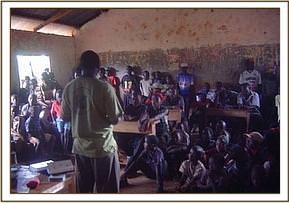
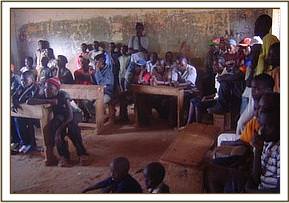

Report by Nicodemus Kivindyo